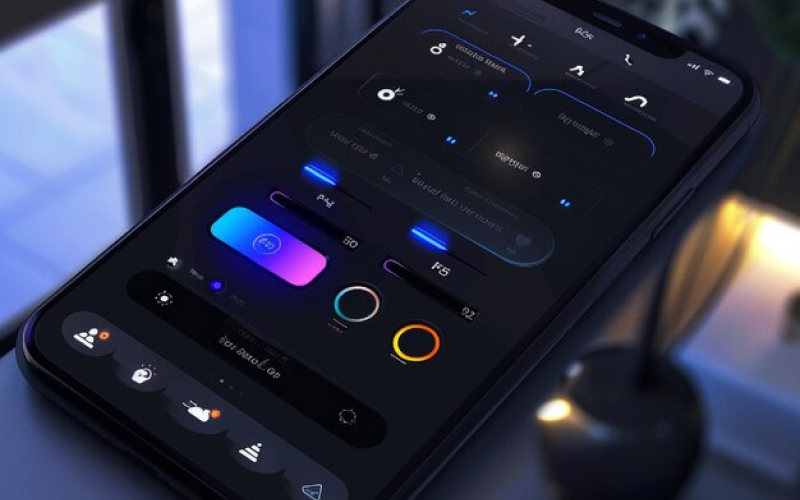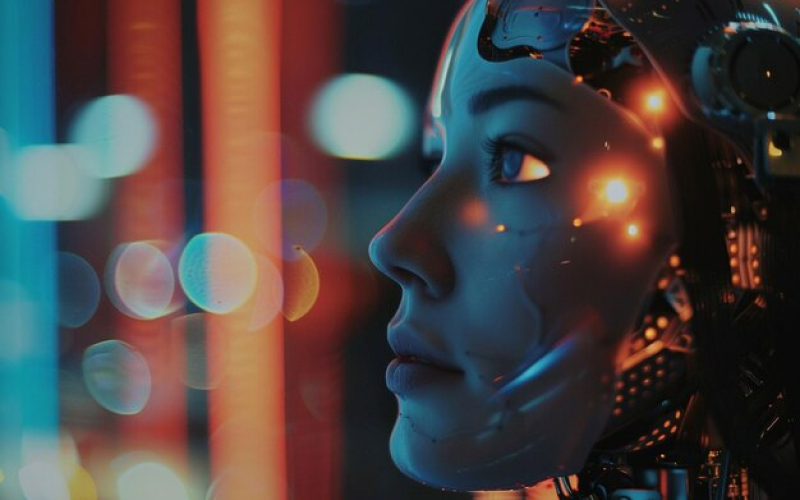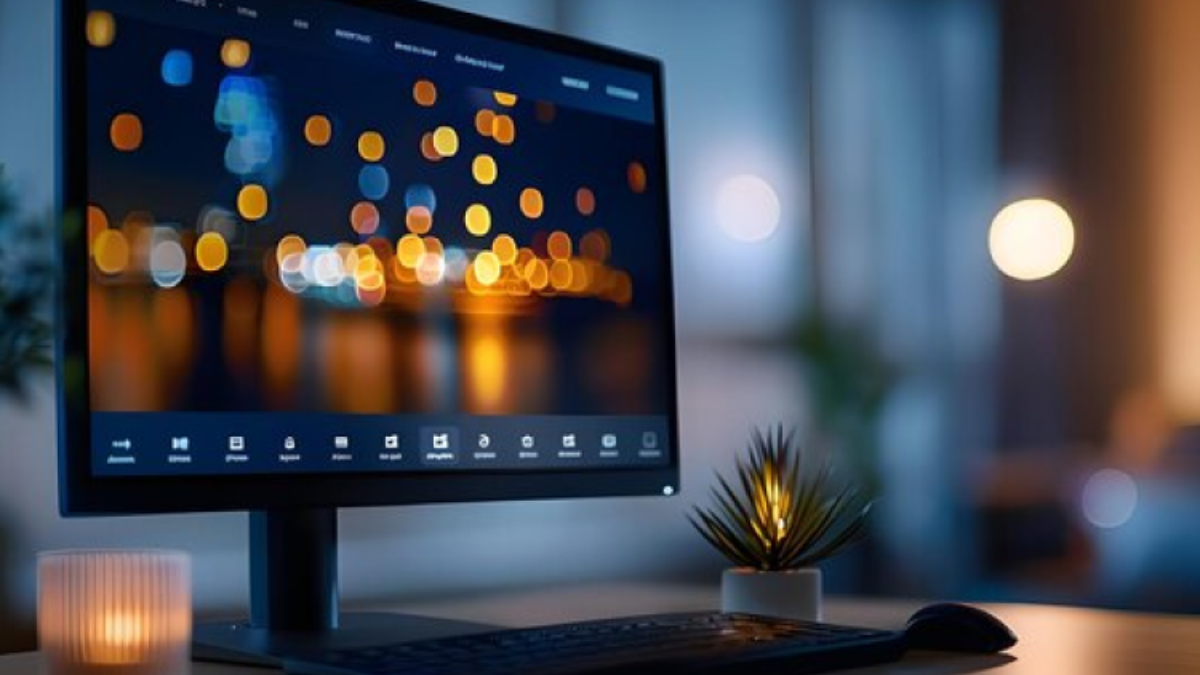Web design trends evolve rapidly, and staying ahead of the curve is essential for maintaining a competitive edge. As we venture into 2024, several trends are poised to redefine how we think about web design.
1] Dark Mode
One of the most significant trends is dark mode. Originally popularized by apps like Twitter and WhatsApp, dark mode is now a staple across the web. Its benefits go beyond aesthetics—dark mode can reduce eye strain and improve battery life on mobile devices. It’s a feature that users have come to expect, and integrating it into your design can enhance user satisfaction.

2] Minimalist Design
Websites like Google and Apple have long championed the less-is-more approach, emphasizing clean, simple designs that load quickly. In a world where users expect websites to load in seconds, minimalism is not just a design choice; it’s a necessity.
Pages cluttered with unnecessary elements slow down load times, frustrating users and driving them away. Embracing minimalist design not only speeds up your website but also makes it easier for users to find what they’re looking for.
3] Artificial Intelligence (AI)
AI is also playing a larger role in web design, particularly in personalization. Companies like Netflix and Amazon use AI to tailor content recommendations based on user behavior, creating a more engaging and personalized experience.
This trend is spreading to smaller websites, where AI can be used to deliver personalized content, improving user engagement and conversion rates.

4] Micro-Interactions
Small animations or design elements that respond to user actions—are becoming increasingly popular. These subtle touches can make your website feel more dynamic and responsive, enhancing the overall user experience.
For instance, when a user clicks a button and sees a small animation, it provides immediate feedback, confirming that their action was successful.
Staying ahead of these trends will not only keep your website looking modern but also ensure that it provides an optimal experience for your users.

